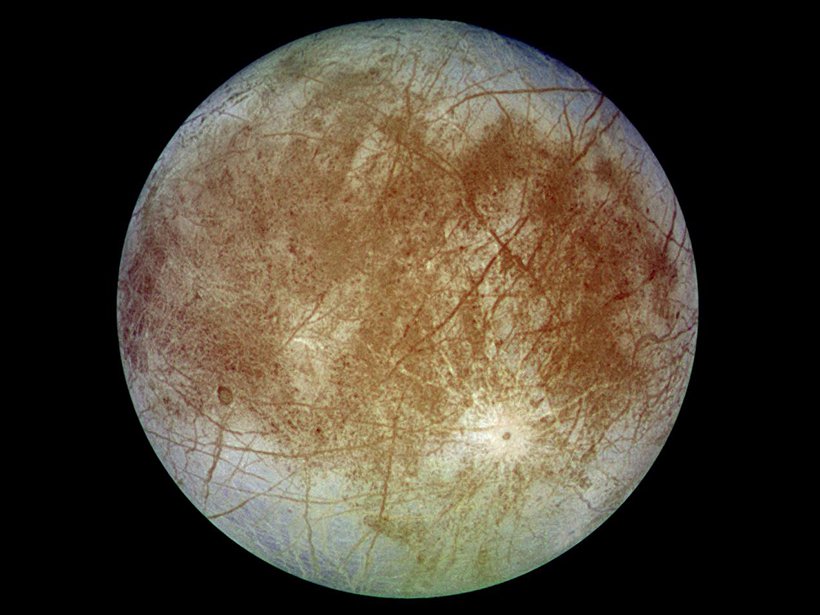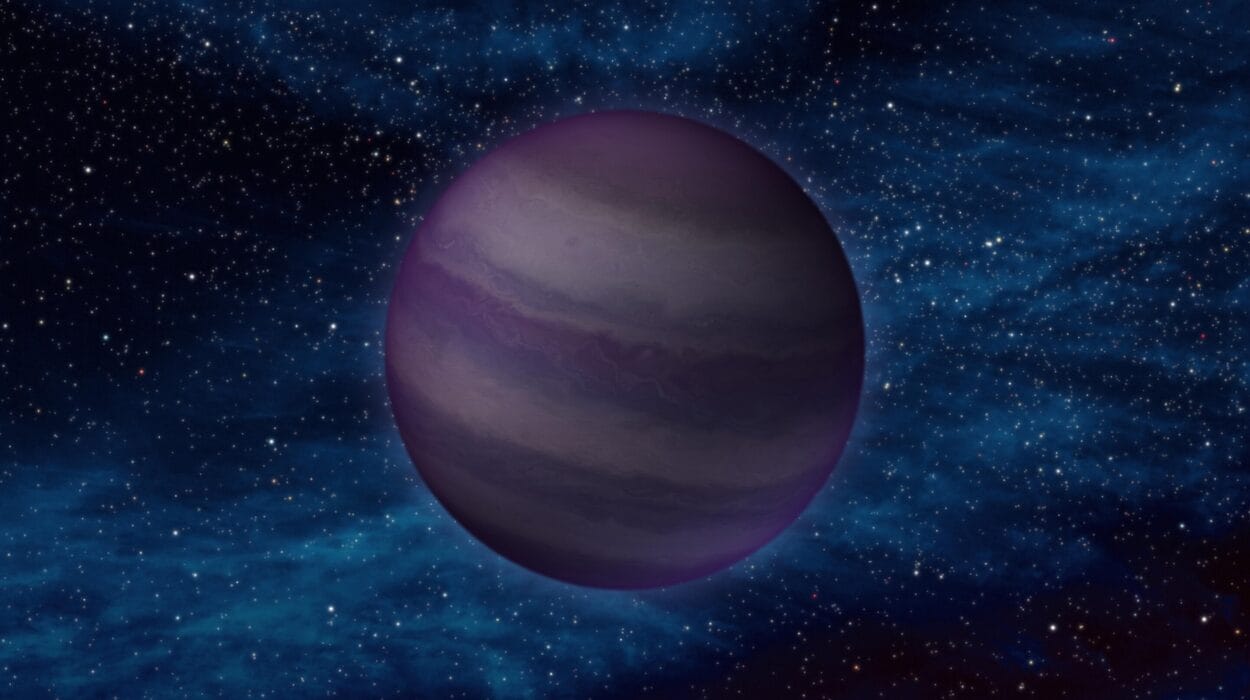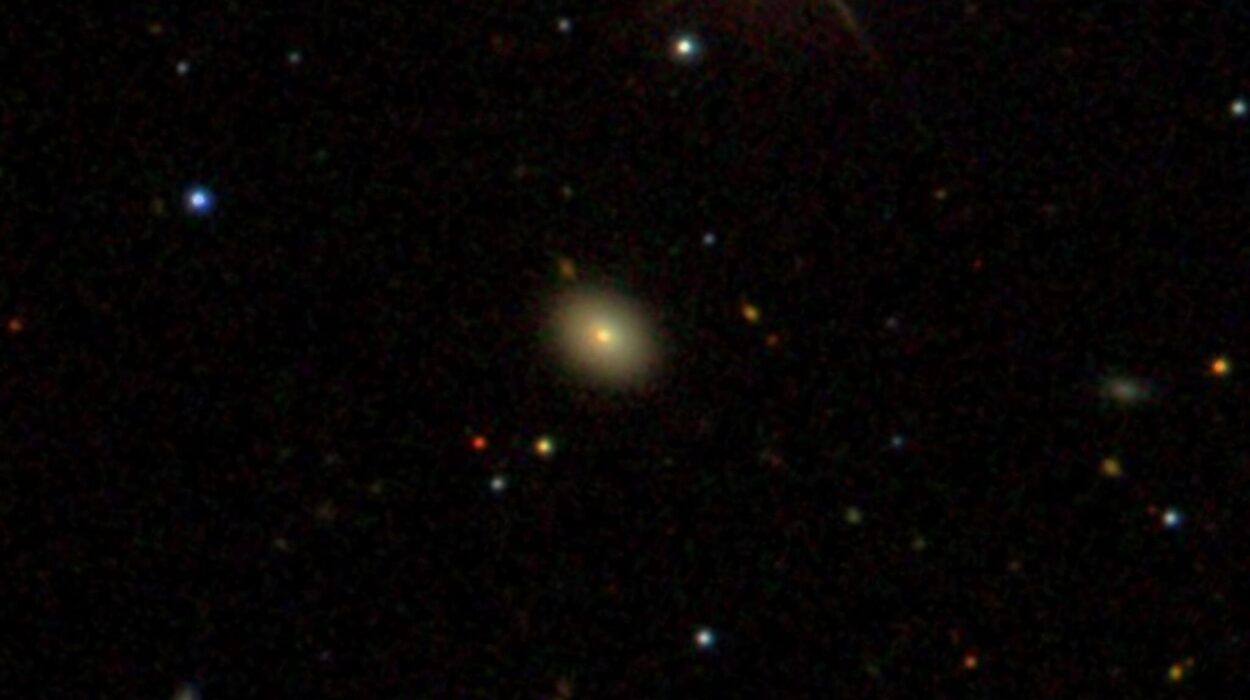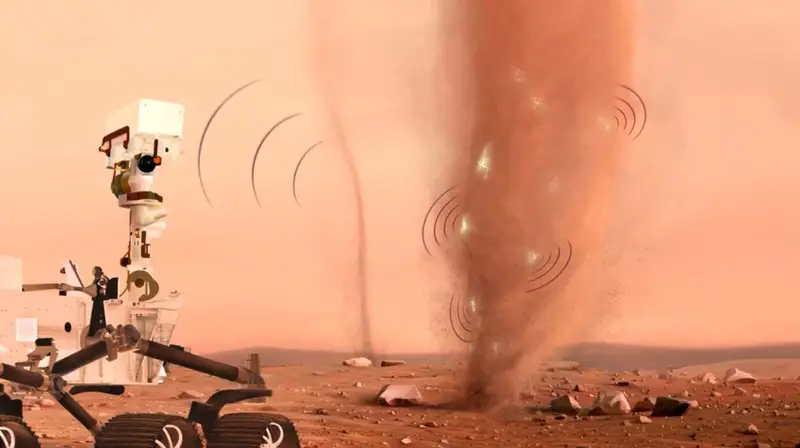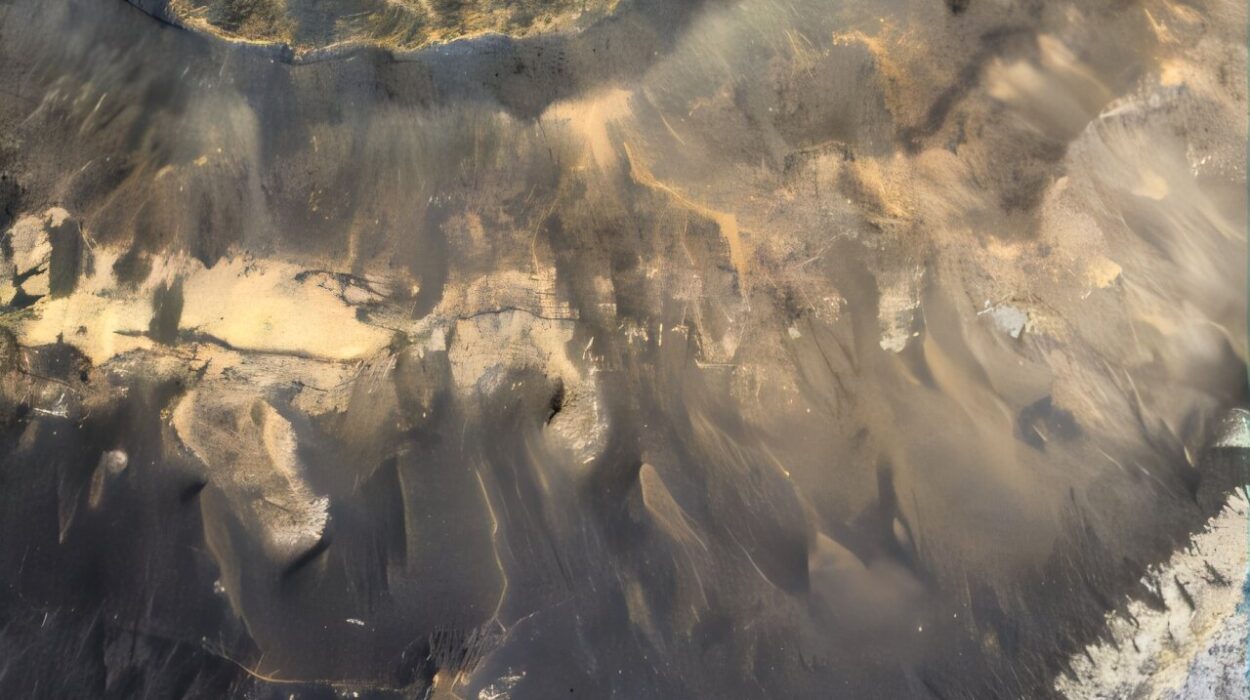In the vastness of our solar system, among the many moons that orbit the gas giants, there are two icy worlds that have captured the attention of scientists, philosophers, and space enthusiasts alike: Europa, a moon of Jupiter, and Enceladus, a moon of Saturn.
They don’t look like the Earth. They don’t have green forests, vast deserts, or blue skies. From afar, they resemble smooth, frozen billiard balls floating in the darkness. But underneath their icy shells, both Europa and Enceladus are believed to hide vast subsurface oceans—oceans that might, just might, harbor alien life.
This isn’t science fiction. It’s a serious scientific inquiry backed by decades of observation, complex space missions, and evolving understanding of what it takes for life to exist. Could these distant moons—cold, airless, and far from the Sun—be home to some form of life?
To answer this, we must dive deep into the science, history, and astonishing potential of Europa and Enceladus. Strap in. This is a journey to the outer solar system, to places so alien they defy our imaginations—and yet may hold the most profound secret of all: that we are not alone.
Redefining the Habitable Zone
Traditionally, scientists defined the “habitable zone” as the region around a star where liquid water could exist on a planet’s surface. Earth sits comfortably in this zone, which is why it has oceans and a climate suitable for life as we know it. Venus is too hot, and Mars, though intriguing, is mostly too cold and dry.
But in the late 20th century, this view began to change.
Researchers studying deep-sea hydrothermal vents on Earth discovered ecosystems thriving without sunlight. Instead of using photosynthesis, these life forms depended on chemosynthesis—using energy from chemical reactions between water and minerals to survive.
Suddenly, the possibility of life existing in dark, subsurface oceans—far from any star—seemed plausible. Enter Europa and Enceladus.
Europa: Jupiter’s Mysterious Moon
Europa, one of Jupiter’s four largest moons, was first observed by Galileo Galilei in 1610. But it wasn’t until NASA’s Galileo spacecraft orbited Jupiter in the 1990s that scientists began to suspect something incredible: beneath Europa’s icy surface might lie a liquid ocean.
Europa is about the size of Earth’s Moon. Its surface is smooth, young, and covered with a layer of ice streaked with dark cracks and ridges—signs of geological activity. Some areas show evidence of “chaos terrain,” where ice appears to have broken apart and refrozen, possibly due to movement of water or slush below.
The key to Europa’s potential habitability is heat. Although it’s far from the Sun—receiving only about 3% of the sunlight Earth does—Europa is kept warm by tidal heating. As it orbits Jupiter, the immense gravity of the gas giant flexes Europa’s interior, generating friction and heat that may keep water beneath the surface in a liquid state.
Scientists estimate that Europa’s subsurface ocean could be up to 100 kilometers (62 miles) deep, containing more water than all of Earth’s oceans combined.
What Makes Europa So Promising?
To assess the possibility of life, astrobiologists look for three key ingredients: liquid water, essential chemicals (like carbon, hydrogen, nitrogen, oxygen, phosphorus, and sulfur), and a source of energy.
On Europa, liquid water seems likely. Essential elements might be delivered by comet impacts or exist within the rocky mantle. And as for energy, hydrothermal vents on the ocean floor—or even radiation from Jupiter affecting surface chemistry—might provide enough.
There’s also tantalizing evidence from the Hubble Space Telescope and other instruments that Europa may be venting water vapor plumes into space. If true, these plumes could offer a way to sample the subsurface ocean without drilling through miles of ice.
Enceladus: The Geyser Moon of Saturn
While Europa was a slow burn of scientific intrigue, Enceladus burst onto the scene in dramatic fashion.
Smaller than Europa—only about 500 kilometers (310 miles) across—Enceladus is a moon of Saturn, discovered in 1789 by William Herschel. For centuries, it seemed unremarkable. That changed in 2005, when NASA’s Cassini spacecraft flew past Enceladus and made a stunning discovery: geysers of water vapor, ice particles, and organic molecules shooting out from cracks near its south pole.
These geysers, dubbed the “tiger stripes”, erupted from fractures in the icy crust, venting material from an underground ocean into space. Cassini flew through the plumes multiple times, analyzing their composition.
What it found was jaw-dropping: water, salts, ammonia, methane, molecular hydrogen, and organic compounds—the ingredients of life.
Even more exciting, the presence of molecular hydrogen (H₂) suggested that hydrothermal reactions were occurring between water and hot rock on the ocean floor—similar to Earth’s deep-sea vents.
This made Enceladus, a tiny moon in the cold reaches of the solar system, one of the most promising places to search for life.
Could Anything Survive There?
If life exists on Europa or Enceladus, it would likely be microbial, similar to the extremophiles found near Earth’s hydrothermal vents or within Antarctic ice.
These organisms don’t need sunlight. They rely on chemical energy, survive intense pressures, and thrive in total darkness—conditions strikingly similar to those thought to exist in Europa and Enceladus’ subsurface oceans.
On Earth, these deep-sea life forms don’t just survive—they flourish. Entire ecosystems depend on bacteria that live off the minerals and chemicals emitted by hydrothermal vents.
Could similar ecosystems exist on these distant moons?
No one knows for sure, but the parallels are compelling.
Why Haven’t We Found Life Yet?
Despite the tantalizing evidence, no direct detection of life has yet been made on either moon. There are many reasons for this:
- Access: Both moons are far from Earth. We’ve sent orbiters, but no landers or subsurface probes—yet.
- Sampling Challenges: To detect life, you often need direct contact. While plume material offers a way to “sniff” the ocean, it’s still indirect. Most missions so far haven’t been equipped with the instruments needed to make a definitive detection.
- Contamination Concerns: Scientists are extremely cautious about contaminating alien environments with Earth microbes. Any future mission must be sterilized to an extraordinary degree.
Nonetheless, the groundwork has been laid, and we are closer than ever to answering this grand question.
Upcoming Missions: A New Era of Exploration
The next decade promises to be a golden age for Europa and Enceladus exploration.
NASA’s Europa Clipper, scheduled for launch in the late 2020s, will make dozens of close flybys of Europa, using high-resolution cameras, radar to peer through the ice, and spectrometers to analyze surface and plume composition.
Meanwhile, the European Space Agency’s JUICE mission (Jupiter Icy Moons Explorer) will explore Europa, Ganymede, and Callisto, with a special focus on their potential habitability.
As for Enceladus, proposals for future missions—such as Enceladus Orbilander—are gaining momentum. The idea is to orbit the moon, sample its plumes, then land to analyze surface material.
Each mission is a step closer to one of the most profound discoveries humanity could ever make: finding extraterrestrial life.
Philosophical and Cultural Implications
The question of life beyond Earth has haunted humanity for centuries. If we were to find life—especially in our own solar system—it would revolutionize our understanding of biology, evolution, and our place in the cosmos.
Even microbial life on Europa or Enceladus would suggest that life is not unique to Earth, and may arise wherever conditions are right. It would mean the universe could be teeming with life—hidden in oceans beneath ice, or even on exoplanets we’ve yet to discover.
This would not only be a scientific revelation but a cultural and philosophical one. Religions, philosophies, and worldviews would all be challenged—or enriched—by such a discovery.
What If We Don’t Find Life?
Even if missions return and find no life, that too would be a vital discovery.
It would help us understand the limits of habitability and refine our search elsewhere. It could mean that life is rare—or that other conditions, beyond water and chemistry, are needed.
Science thrives on discovery, but also on elimination. Whether we find life or not, exploring these moons will teach us more about planetary science, astrobiology, and the vast complexity of our solar system.
Could We Someday Visit?
Manned missions to Europa or Enceladus are, for now, science fiction. The distances are immense, the radiation environment around Jupiter is deadly, and the engineering challenges are staggering.
But technology is advancing. If robotic missions succeed, and if we find signs of life, humanity’s curiosity might eventually drive us to send people—not just machines—to these distant worlds.
Imagine the first astronaut peering through a helmet visor at the geysers of Enceladus, or walking on the cracked ice plains of Europa. It might sound far-fetched, but a century ago, so did walking on the Moon.
Final Thoughts: The Oceans in the Ice
Europa and Enceladus represent a new frontier in the search for life. They challenge our assumptions, inspire our curiosity, and expand the realm of the possible.
They remind us that life might not need Earth-like environments. That in the deep, dark oceans beneath alien ice, something could be swimming, crawling, or simply existing—unaware of the stars above, but very real nonetheless.
As we peer through telescopes and send probes into space, we are not just searching for life. We are searching for connection—for the realization that life is not an Earthly miracle, but a cosmic tendency.
If we find it in the icy oceans of Europa or Enceladus, we may finally answer a question as old as humanity itself:
Are we alone?
And the answer might echo back through the darkness of space, in a geyser’s plume or an alien microbe’s DNA:
No. Life finds a way. Even here.
